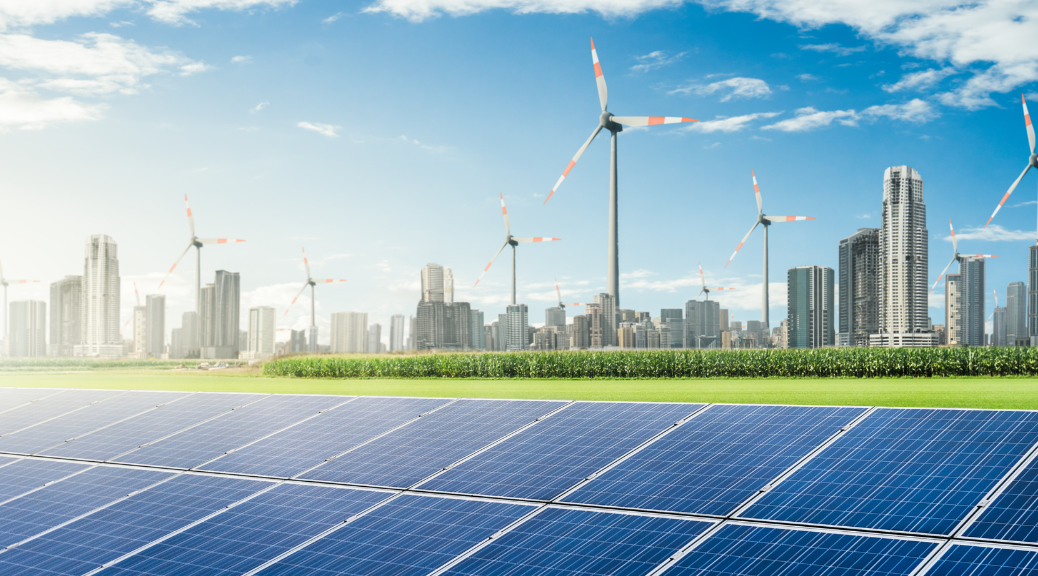World Consumer Rights Day – Shifting to Clean Energy for a Greener and Cleaner World-for testing


BY ASHIM SANYAL, COO CONSUMER VOICE
World Consumer Rights Day was inspired by John F Kennedy, who was the first leader to send a special message on 15 March 1962 to the US Congress in which he formally discussed consumer rights concerns.
In 1983, it was first marked by the consumer revolution and now mobilizes every year because of important issues and campaigns
which is now celebrated every year on March 15 as World Consumer Rights Day (WCRD) raising global awareness of consumer rights, consumer protection and empowerment.
This year the theme of WCRD 2023 will be: Empowering Consumers Through Clean Energy Transitions. In India too the day is being celebrated by the Department of Consumer Affairs and other organizations.
Global energy crisis is looming large with energy shortages, increased prices of oil and other economic factors especially after the pandemic. However, the energy crisis deepened following Russia’s invasion of Ukraine in February 2022. This had an untold impact on vulnerable consumers and also on climate change. The International Energy Agency (IEA) said the world faces its first “truly global energy crisis” in addition to unaffordable energy bills. It added that unaffordable energy bills remain a huge problem, driven up as the exports of oil and gas have been restricted.
Why is Clean Energy Transition the need of the hour?
Currently most of the global energy is depended on excessive use of non-renewable sources of energy like coal and gas which in turn puts a strain on our water and oxygen resources by causing pollution. Fossil fuels contribute to almost 75 percent of global greenhouse gas emissions and nearly 90 percent of all carbon dioxide emissions. It is therefore imperative to prevent deadliest impact of climate change to reduce greenhouse gas emissions by almost half by 2030 and reach net-zero by 2050.This should be seen as a turning point for speeding up the world’s transition to green energy.
The clean energy transition means shifting energy production away from sources that release a lot of greenhouse gases, such as fossil fuels, to those that release little to no greenhouse gases. Nuclear power, hydro, wind and solar are some of these clean sources.
One must realize that the shift to clean and sustainable energy resources will involve shift of resources between industrial sectors and local governments. Governments must quickly adapt to the use and disbursing of renewable energy as availability and quality of renewable resources vary.
Stakeholders in this process have varying degrees of political and economic power, and understanding how political economic factors influence clean energy transitions is crucial to effective policy formulation and facilitating transitions to sustainable energy systems. A ‘clean energy transition’ refers broadly to a substitution of technologies and associated fuel inputs across the full set of energy subsectors and consumers of energy, both as intermediates and final goods.
India’s clean energy transition
No one needs a net zero world more than the world’s largest and oldest democracy- India. India has huge potential for green transition investments such as solar, hydro or wind.
However, a clean energy transition is highly unlikely to occur on its own. Political economy considerations take a leading role. India and China are cases in point. In 2009, it is fair to say that India’s negotiation strategy aimed to position climate change as a developed country problem. In contrast, India’s INDC (Intended Nationally Determined Contributions) offers serious attempts to reduce the carbon intensity of its GDP. China has gone further, offering to peak emissions by 2030 with declines thereafter.
However in 2019 India announced that it would take up its installed capacity of renewable energy to 450 GW by 2030. The Production Linked Incentive Scheme (PLI) scheme is another initiative of the Government of India with respect to enhancing the manufacturing sector for the production of raw materials for renewable energy. Offshore wind too has been given a new lease of life through recent government reforms and targets. With a coastline of about 7,600 km, offering the potential to install ~195GW of offshore wind capacity, the segment can contribute to India’s clean energy target.
A latest report of Institute for Energy Economics and Financial Analysis, India’s renewable energy capacity is projected to grow rapidly with 35-40 GW added annually through to the fiscal year 2029/30. Installed renewable energy capacity (including large hydro) rose from a few megawatts (MW) in 2010 to ~163 gigawatts (GW) as of August 2022. India’s ambitious renewable energy targets and the associated policy and reform framework have been an important tailwind for the sector’s development.
“The good news is that the lifeline is right in front of us,” says UN Secretary-General António Guterres, stressing that renewable energy technologies like wind and solar already exist today, and in most cases, are cheaper than coal and other fossil fuels. We now need to put them to work, urgently, at scale and speed.
